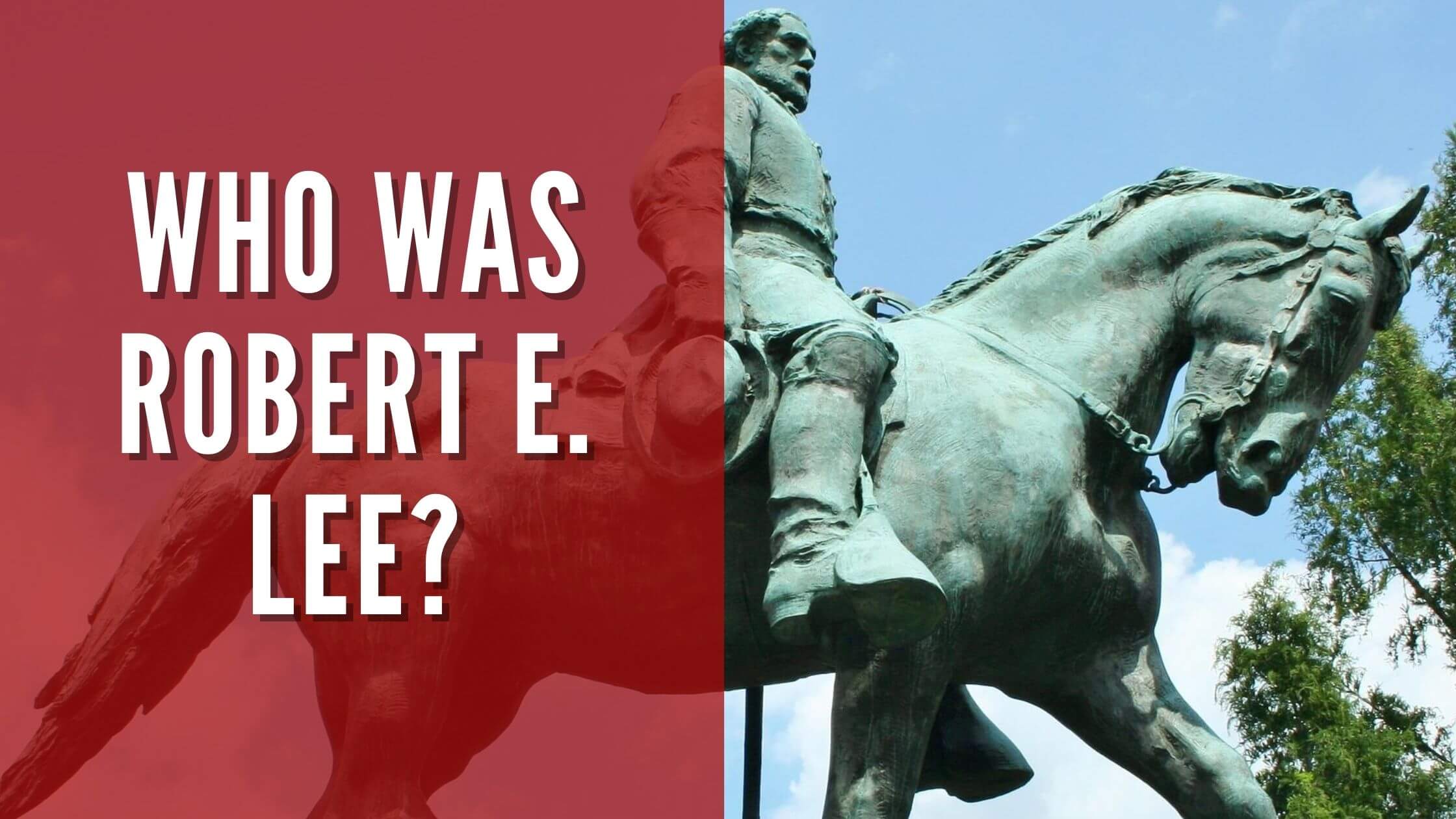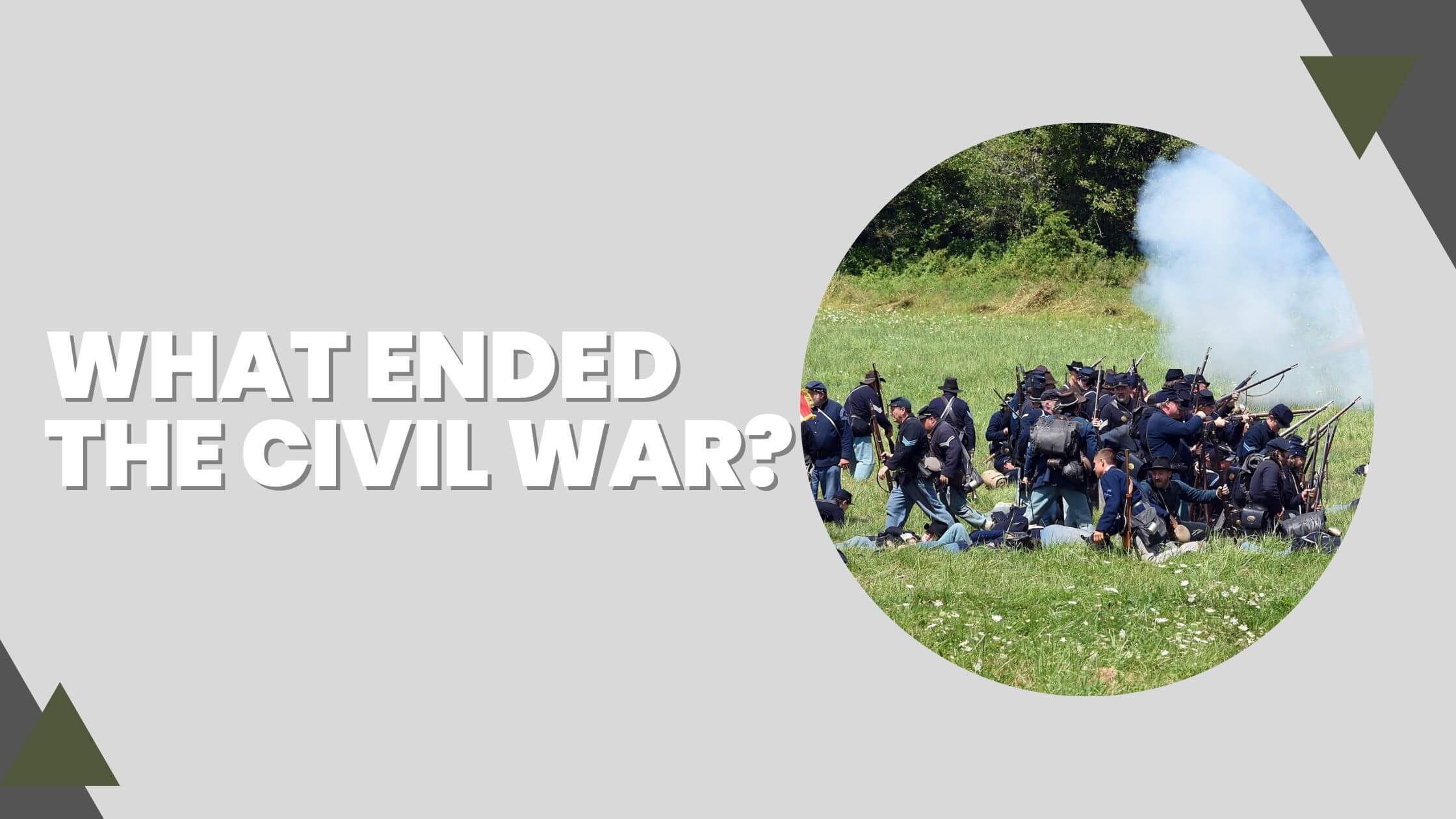Table of Contents
ToggleRobert E. Lee – Confederate War General
During the Civil War, Robert E. Lee was the Confederacy’s most successful general, securing many victories against the Union. His efforts in the Eastern Theater, particularly in Northern Virginia, helped prolong the Confederate war effort, staving off several larger Union invasion forces. He inflicted a number of massive defeats on the Union army but could never achieve a victory significant enough to win independence for the southern states.
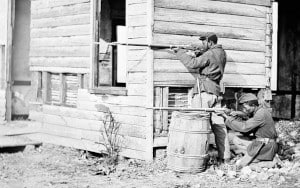
Lee’s primary successes lay in his employment of offensive-defensive campaigns, often taking the initiative on the battlefield to catch the Union army off guard. He knew that if he simply sat back on the defensive, the Union armies would eventually surround and overwhelm the Confederate forces. General Lee’s strategy successfully kept the Union armies on the back foot for the early years of the war, preventing them from reinforcing each other.
Lee’s Early Years – The Mexican War
Robert Lee gained valuable experience during the Mexican-American War, serving as one of General Winfield Scott’s aides. He provided important reconnaissance for Scott on the United States Army’s march from Veracruz to Mexico City, an area known for its rough terrain that made travel difficult. He was often able to find passages through routes that the Mexican Army had left undefended because they had thought they were impassable.
Lee’s efforts helped the Americans win major victories over the Mexican army, eventually leading to the capture of Mexico City. The subsequent surrender of Mexico would result in massive territorial gains for the United States, exacerbating the tensions over slavery and leading to the Civil War. Lee would prove even more effective as a commanding general in the Civil War than he had as a staff officer in the Mexican War.
Refusal of Union Command and Early Civil War Days
Recognizing his value as an army officer, General-in-Chief Winfield Scott offered Robert Lee command of the Union army as war became inevitable. Although Lee viewed slavery as a moral and political evil and secession as unconstitutional, he nonetheless supported Jefferson Davis and the Confederate cause, refusing to fight against his home state of Virginia. He resigned from the United States Army and became the commanding officer of all Virginia’s military forces.
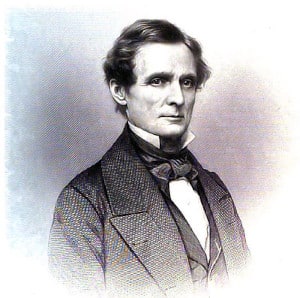
Robert E Lee was one of only seven Confederate military officers to be named a general during the American Civil War, along with Samuel Cooper, Albert Sydney Johnston, Joseph E. Johnston, P.G.T. Beauregard, Braxton Bragg, Edmund Kirby Smith, and John Bell Hood. He spent most of the first year of the war in western Virginia and along the coastal defenses in the Carolinas and Georgia. Lee had mixed results during this stage of the war, struggling mightily in western Virginia but showing great ability in the Carolinas and Georgia.

Get Smarter on US News, History, and the Constitution
Join the thousands of fellow patriots who rely on our 5-minute newsletter to stay informed on the key events and trends that shaped our nation's past and continue to shape its present.
Command of the Army of Northern Virginia
After General Joseph E. Johnston was wounded, General Lee was given command of the main Confederate army in Northern Virginia. He struggled tactically during the Seven Days Battles, his first major clashes with the Union army and General George B. McClellan. However, while he lost the majority of engagements with Union forces during these battles, he successfully thwarted the Union army’s push toward Richmond and forced them to retreat.
Second Battle of Bull Run
Lee’s first major battlefield victory against Union forces came during the Second Battle of Bull Run. Facing a Union army under Union General John Pope, the Confederate army repulsed several attacks under corps commander Stonewall Jackson. When Confederate corps commander James Longstreet arrived on August 30 to strengthen Lee’s line, the Confederate army launched a massive counterattack and routed the Union army.
Battle of Antietam
Lee’s success at the Second Battle of Bull Run, a famous battle in American history, convinced him to attempt an invasion of the North into Maryland. He engaged the Union army near the Maryland town of Sharpsburg at the Battle of Antietam in one of the most decisive battles of the American Civil War. Although tactically, the battle ended in stalemate, Lee’s army suffered heavy casualties and was forced to retreat into Virginia.
Battle of Fredericksburg
Soon after the Battle of Antietam, President Abraham Lincoln replaced General George B. McClellan with Ambrose Burnside. The latter planned to attack the army of Northern Virginia near the town of Fredericksburg. However, Lee masterfully laid out his forces on a hilly incline just outside the city in an area known as Marye’s Heights. The Union army attacked the strongly fortified Confederate position directly and was severely defeated, suffering horrific casualties.
Battle of Chancellorsville
General Robert E Lee’s greatest victory came at the Battle of Chancellorsville, where he divided his much smaller army in the face of much larger Union forces under the command of General Joseph Hooker. Leaving a small Confederate contingent to hold the front line against the Union army, Lee led a massive flanking maneuver with the rest of his army, initially routing the Union army. However, President Lincoln’s army was able to stabilize itself and avert total disaster, inflicting heavy casualties on the Confederates in the process before retreating.
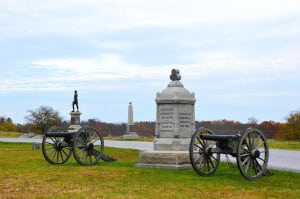
Battle of Gettysburg
Lee would invade the Union states for a second and final time, venturing into Pennsylvania to relieve war-torn Virginia from constant attack. He engaged the Union army, this time under the leadership of General George Meade, at the Battle of Gettysburg. After several days of fierce fighting, the Confederate army was repulsed with heavy casualties after a failed frontal charge on the Union lines known as Pickett’s Charge.
Later Stages of the War vs. General Grant
After Gettysburg, the Confederate army under General Lee no longer had the manpower to engage in extended offensive campaigns against the Union army. It would have to remain almost exclusively on the defensive. In 1864, President Abraham Lincoln gave command of the Union army to Ulysses S Grant, who would prove to be a formidable opponent for Lee. Although Lee would be able to initially resist the constant attacks by Grant, eventually, he was forced to surrender to Grant on April 9, 1865, effectively ending a war that played a pivotal role in American history.
Post-War Years
Robert Edward Lee lived for just five and a half years after the American Civil War, serving as president of Washington College in Lexington, Virginia. He supported President Andrew Johnson’s more generous Reconstruction plans in opposition to the congressional Republicans’ punitive measures. He generally supported the Democratic Party throughout most of his remaining public life and is honored in part of the southern United States with a state holiday, Robert E Lee Day.
